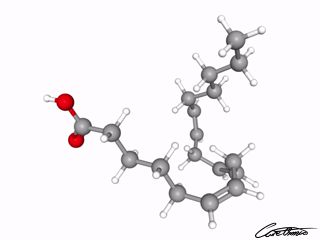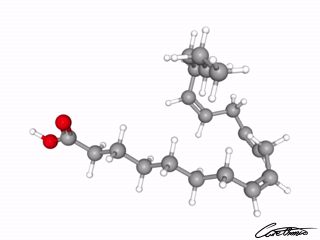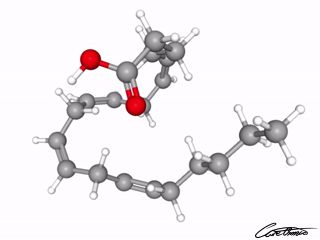Polyunsaturated Omega 6 Fatty Acids: How To Use Them For Your Benefit
Omega-6 is a type of fatty acid that is considered essential. We need to obtain it from our diet.
Omega-6 fatty acids belong to the family of polyunsaturated fatty acids.
Tip! If you are looking for a specific omega-6 fatty acid, I recommend you use the expanded toc to find it.
Table of Contents
Dietary Recommendations Of Omega-6
Current dietary recommendations for omega-6 fatty acids are based on animal studies. Many researchers believe that this requires reconsideration, ◳ regarding their role in human physiology.
Pro- Or Anti-Inflammatory
Omega-3 fatty acids possess anti-inflammatory and antioxidant properties, while omega-6 fatty acids are generally seen as pro-inflammatory ◳.
But to classify all omega-6 fatty acids as proinflammatory is not correct. Research is showing that some omega-6 are proinflammatory but some are anti-inflammatory ◳.
Our Articles On Polyunsaturated Omega-6 Fatty Acids
Linoleic acid is the most common polyunsaturated omega-6 fatty acid.
Linoleic acid (18:2 n-6) is vital for your health
The consumption of linoleic acid is vital to proper health, as it is an essential fatty acid. You can find more information about this acid in What Is Linoleic Acid (18:2 n-6) & What Foods Can I Find It In?
Linoleic acid is, for instance, essential for the synthesis of various hormones.
But linoleic acid has been linked with a risk of chronic diseases in which low-grade inflammation is a significant risk factor.
You can find all benefits and side-effects of linoleic acid in Linoleic Acid (18:2 n-6): 10 Research-Backed Benefits & One Side-Effect
Gamma-linolenic acid, GLA (18:3 n-6) can work anti-inflammatory

Gamma-linolenic acid is an essential fatty acid. Read more about it in What Is gamma-Linolenic Acid, GLA (18:3 n-6) & What Foods Can I Find It In?
Gamma-linolenic acid has anti-inflammatory properties. It is found abundant in borage oil. See what other kinds of benefits gamma-linolenic acid has in gamma-Linolenic Acid, GLA (18:3 n-6 ): 6 Research-Backed Benefits
Eicosadienoic acid (20:2 n-6 c,c) has some anti-inflammatory properties
Eicosadienoic acid is a rare fatty acid. You can find some more information in What Is Eicosadienoic Acid (20:2 n-6 c,c) & What Foods Can I Find It In?
Eicosadienoic acid possesses some but weak, anti-inflammatory properties. Check it out in Eicosadienoic Acid (20:2 n-6 c,c): One Research-Backed Benefit
dihomo-gamma-Linolenic acid (20:3 n-6) is extremely uncommon

dihomo-gamma-Linolenic acid is an extremely uncommon fatty acid. It is only found in trace amounts in animal products. Find out more about this acid in What Is dihomo-gamma-Linolenic Acid (20:3 n-6) & What Foods Can I Find It In?
dihomo-gamma-Linolenic acid seems to have great health benefits for your blood. See it in dihomo-gamma-Linolenic Acid (20:3 n-6): One Research-Backed Benefit
Arachidonic acid, ARA (20:4 n-6) is necessary for your cells

Arachidonic acid, ARA is needed for maintaining normal health. Learn more about ARA in What Is Arachidonic Acid (20:4 n-6) & What Foods Can I Find It In?
Arachidonic acid, ARA is, for instance, necessary for the function of all cells. Check out all the benefits in Arachidonic Acid (20:4 n-6): 7 Research-Backed Benefits
